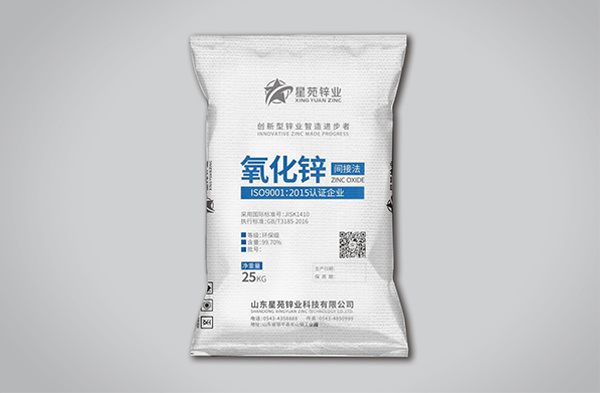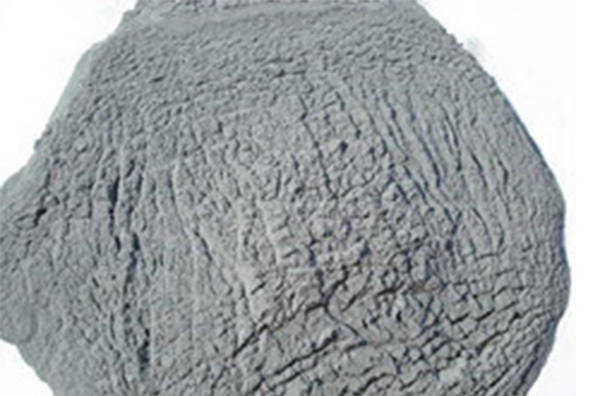Zinc oxide manufacturer details the difference in application between industrial and medical zinc oxide
2023-05-11
Zinc oxide manufacturers state that as zinc oxide processing becomes increasingly refined, in addition to the original functions of zinc oxide, this upgraded version of zinc oxide has been found to effectively prevent film discoloration. In addition to use in cosmetics, it can also be used as a raw material for automotive paints, furniture building materials, inks, and oil paints, and can also be used as an anti-aging agent for rubber and plastics. It can also be applied to transparent films for food packaging, and coated with polyethylene film. The application effect can prevent ultraviolet light, while extending the shelf life of food and ensuring food quality.
I. Uses of Industrial Zinc Oxide
1. Preventing discoloration of coatings
Zinc oxide manufacturers indicate that, as zinc oxide processing becomes increasingly refined, in addition to the original functions of zinc oxide, it has been newly discovered that this upgraded version of zinc oxide can effectively prevent discoloration of coatings. Besides its use in cosmetics, it can also be used as a raw material for automotive paints, furniture building materials, inks, and oil paints, and can also be used as an anti-aging agent for rubber and plastics. It can also be applied to transparent films for food packaging, and coated with polyethylene film. The application effect can prevent ultraviolet rays and prolong the shelf life of food, ensuring food quality.

2. Thermometer
Its inherent color is white. As the temperature rises, it gradually changes from white to pale yellow. If the temperature continues to rise, the zinc oxide will change from pale yellow to lemon yellow. When the temperature slowly decreases, the color will gradually fade back to white. This is the internal change in the thermometer.
3. Semiconductor field
It can emit light. With a larger band gap and exciton binding energy, high transparency, and excellent room temperature luminescence performance, it is used in semiconductor fields such as liquid crystal displays, thin-film transistors, and light-emitting diodes. In addition, as a nanomaterial, it is also beginning to play a role in related fields.
II. Difference between industrial zinc oxide and medical zinc oxide
Zinc oxide manufacturers indicate that industrial-grade zinc oxide cannot be used on the skin. Although their main component is zinc oxide, the requirements for other impurities such as lead and manganese are different. The requirements for medical use are much stricter than those for industrial use.
Zinc oxide can combine with acidic substances through its alkalinity. Combined with a low acid index, zinc oxide produces zinc soap, which can improve pigment wettability and ease of dispersion, while promoting slightly higher paint viscosity and reducing settling. In high-acid-index binders, significant thickening will occur in the container.
Zinc oxide manufacturers point out that zinc oxide is an indispensable additive in the rubber and tire industry, and is also used as a vulcanization activator, reinforcing agent, and colorant for natural rubber, synthetic rubber, and latex. Making ordinary zinc oxide into nano zinc oxide for use in rubber can fully exert its vulcanization-promoting effect and improve rubber performance, with its usage only 30%~50% of that of ordinary zinc oxide.
Zinc oxide manufacturers indicate that acid resistance, compatibility with chyme, and lipophilicity are the decisive factors determining whether zinc oxide can maximize its antidiarrheal astringent effect. Only if zinc oxide is acid-resistant can it not be neutralized by gastric acid, and can reach the intestines in the form of zinc oxide particle groups with antidiarrheal effects; only if it is compatible with chyme can it be quickly and evenly dispersed in the intestines, and can form a uniform protective film on the entire intestinal mucosa surface; only if zinc oxide is lipophilic can it closely contact the lipid intestinal mucosa, and can accumulate on the intestinal mucosa surface, resulting in a better effect.











